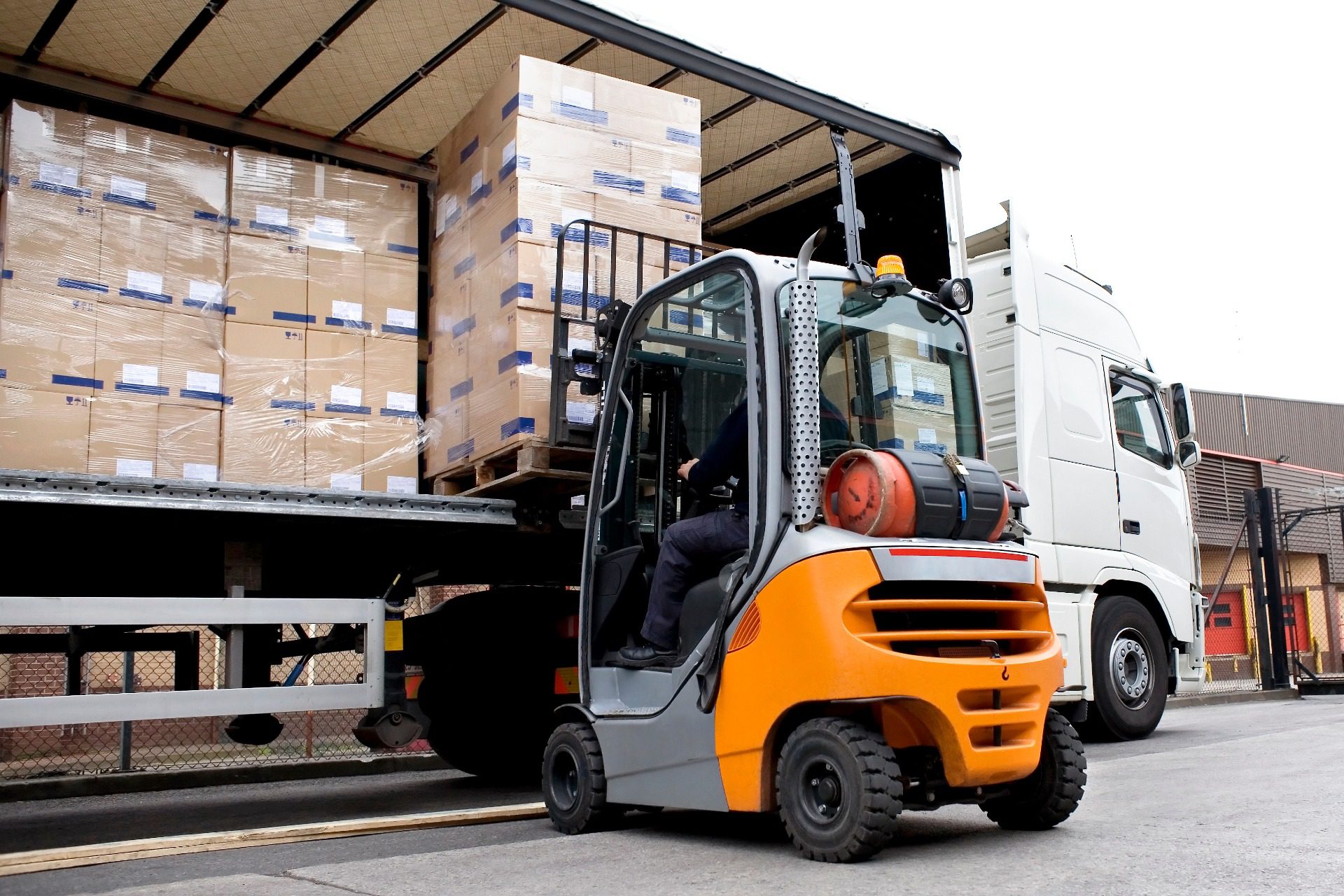Everyone loves the moment when a package arrives and they get to unveil the packaging to receive their items. There has been a recent increase in shipped goods, and with this surge in shipments comes a natural increase in shipping materials required as well. There are numerous elements of packaging used to ship these items, from padding materials to the boxes that contain these goods. With this increase in shipped goods there has been a natural demand for packaging to keep sustainability and environmental factors in mind. The benefits of opting for sustainable shipping materials are countless, with environmentally-conscious consumerism becoming the new standard.
In this article we’ll explore sustainable packaging and the advantages of choosing to ship materials in an eco-friendly way.
- What is Sustainable Packaging?
- Types of Sustainable Packaging
- How to Incorporate Sustainable Packaging
What is Sustainable Packaging?
Sustainable packaging is environmentally-minded packaging that is designed with the intention of minimizing an environmental footprint. Packaging can be sustainable in numerous ways, such as featuring 100% recycled materials, creating reusable packaging to maximize the packing material’s longevity, and choosing production processes with the supply chain that keep a carbon footprint in mind. It’s important to understand that sustainable packaging doesn’t have to include sustainable materials in order to classify, social and economic factors play a large role in the big picture of sustainability as well. As a business or company that frequently ships goods, choosing to incorporate sustainable packaging within their supply chain helps build an eco-friendly brand and demonstrate efforts to reduce environmental impact.
Types of Sustainable Packaging
While we continue to see new innovative forms of sustainable packaging created as time goes on, some of the most common packaging options for sustainability include recyclable packaging, reusable packaging, and plant-based packaging. Each option has unique benefits to consider when determining which packaging materials would be best for the items being sent.
Reusable Packaging
Reusable packaging is packaging that is designed to be used more than once, with returnable packaging, reusable transport items, and returnable transport packaging being other forms of reusable packaging. The goal of reusable packaging is to confront the single-use nature of many of the packing supplies we’ve used previously. Packaging that’s reusable extends the longevity and usefulness of the packaging through multiple shipments or trips. It’s likely that there’s a reusable packaging item in your home right now, some of the most common reusable packaging options include handheld shopping totes and plastic containers are reusable since they are used many times before disposal. Reusable packaging is designed using a variety of materials such as metal, plastic, or wood, with the sole goal of reusability in mind.
Recyclable Packaging
Recyclable packaging is becoming much more commonly seen in shipping efforts is recyclable packaging. This type of sustainable packaging uses materials that are able to be processed again for another purpose, whether it’s to create more shipping materials or other items that can be produced with recyclable contents. One of the first ways we are introduced to reducing our carbon footprint is through the concept of recycling, and shipping materials provide the perfect opportunity for this. Recyclable materials include paper, card, metal, glass, and even certain types of plastics with recent innovations, with cardboard easily taking the crown for the most commonly used type of recycled packaging. Packaging made from paper or cardboard is biodegradable as well, so even if these are used once they will naturally break down over time.
Plant Based Packaging
Another popular and sustainable option is plant-based packaging, which includes materials derived from organic plant-based matter. Some of the most common ingredients used to create plant-based packaging include cornstarch, mushrooms, seaweed, and sugar cane. It’s important that the packaging and items created from these plant-based sources also keep plant production in mind, if the sourcing of these materials poses issues to the environment than it’s less sustainable. Plant-based packaging is only continuing to evolve over time, with biodegradable plastics and other exciting innovations being made over time to create more options.
How to Incorporate Sustainable Packaging
Incorporating sustainable packaging can be a simple process, and doesn’t have to be an all-at-once arrangement. It’s important to take proper time to research packaging options that are conducive to the goods being sent and ensure that packaging will still maintain compliance with any current supply chain procedures. Slowly easing into incorporation of sustainable packaging allows businesses to gauge where packaging can be most effectively implemented and can provide clarity over how these packing options affect their current systems.
Sustainable Packaging Design
Sustainable packaging design is packaging that is specifically designed keeping environmental impact in mind. Many companies have begun using recycled materials in their product packaging and continue to get creative with ways to maximize the use of these packaging supplies. Whether it’s by using recyclable materials or allowing packaging to be reused numerous times, the initiative toward clean packaging processes is only forecasted to increase in demand. Companies such as IKEA, H&M, and countless others have brought the importance of eco-friendly packaging to consumers and marketed themselves as such.
Making Internal Adjustments
There are numerous ways to make adjustments to current supply chain material and packaging without causing an entire upheaval of current procedures. As we’ve covered, making the shift toward sustainable business practices and shipping is not an all-at-once process. There are also ways to encourage sustainable practices without making the switch to sustainable packaging, such as:
- Reducing package sizes to use less materials
- Adding a “Recyclable” logo or tag to current packaging to let customers know the material is recyclable
- Reusing packaging materials whenever possible (especially for plastics)
- Partnering with manufacturers and distributors that have adopted sustainable practices
- Properly planning out shipments to avoid air freight when possible
- Trying to use local manufacturers when possible to reduce the distance packages are required to travel
These shipping practices embrace mindfulness toward sustainable practices without requiring companies to uproot current packaging materials used. With a heightened regard toward the environmental impacts of increased shipping, businesses can begin to identify the impacts that they cause and find eco-conscious solutions. For more information about sustainable packaging, visit the Sustainable Packaging Coalition to learn more.
Make the Jump to Sustainable Packaging Now!
There are countless advantages to incorporating sustainable packaging into your current shipping practices. As a reputable 3PL service, ShipCalm is able to identify opportunities for sustainable practices within your current supply chain management systems. Whether that means incorporating recyclable materials in your packaging choices or increasing efficiency within shipping logistics, sustainable shipping practices can be a simple task with enough mindfulness toward how your company’s carbon footprints affect the big picture. Our ShipCalm representatives are happy to answer any questions about how we can help build positive brand awareness and reduce a company’s environmental impact. Contact us today to learn more!




